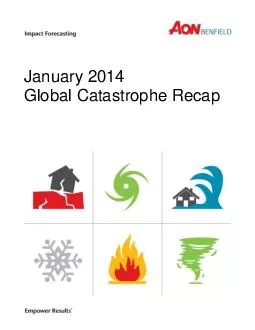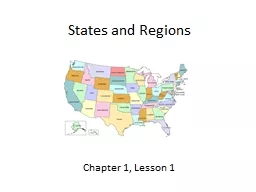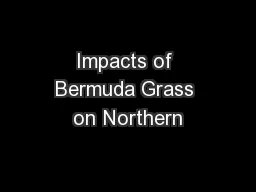PDF-January Global Catastrophe Recap Impact Forecasting January Global Catastrophe Recap
Author : faustina-dinatale | Published Date : 2014-12-12
The most significant and costliest period occurred during the second week of the month where at least 21 people were killed More than 20 inches 51 centimeters of
Presentation Embed Code
Download Presentation
Download Presentation The PPT/PDF document "January Global Catastrophe Recap Impac..." is the property of its rightful owner. Permission is granted to download and print the materials on this website for personal, non-commercial use only, and to display it on your personal computer provided you do not modify the materials and that you retain all copyright notices contained in the materials. By downloading content from our website, you accept the terms of this agreement.
January Global Catastrophe Recap Impact Forecasting January Global Catastrophe Recap: Transcript
Download Rules Of Document
"January Global Catastrophe Recap Impact Forecasting January Global Catastrophe Recap"The content belongs to its owner. You may download and print it for personal use, without modification, and keep all copyright notices. By downloading, you agree to these terms.
Related Documents














